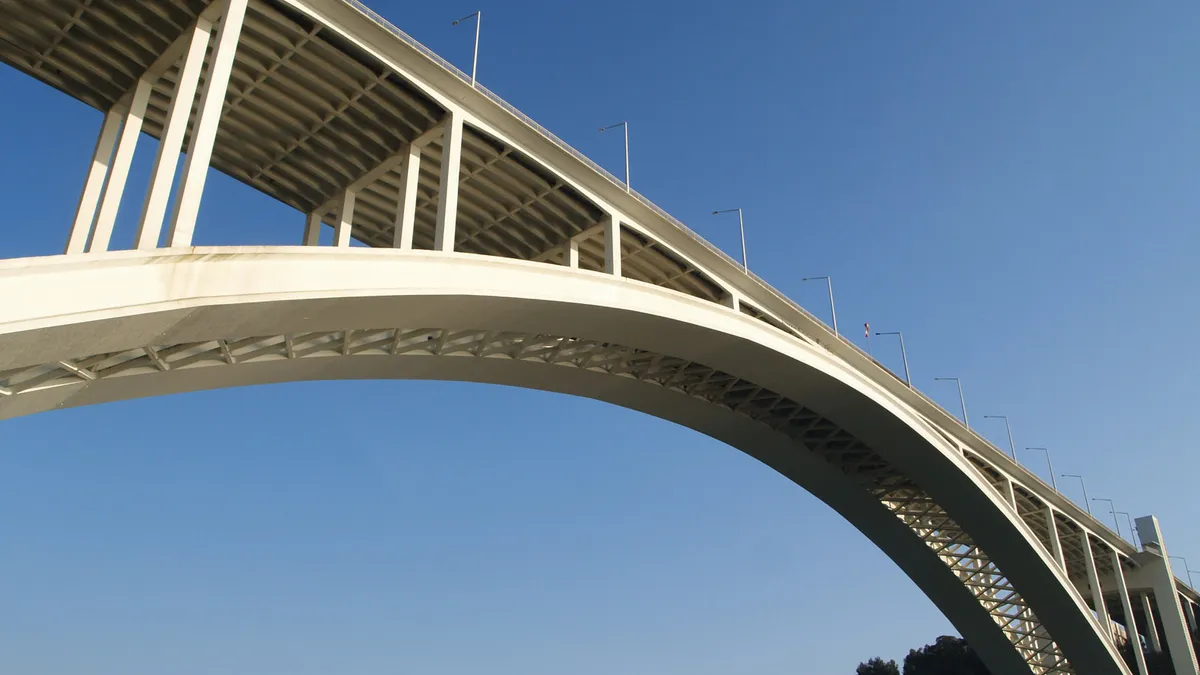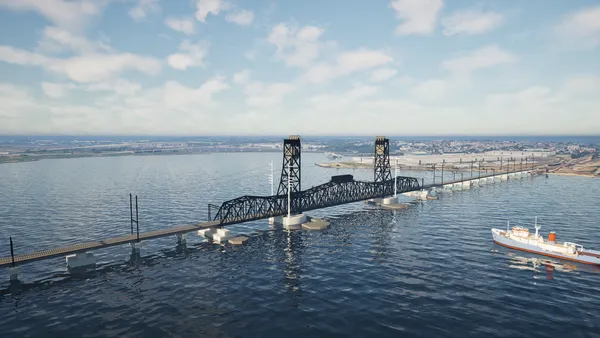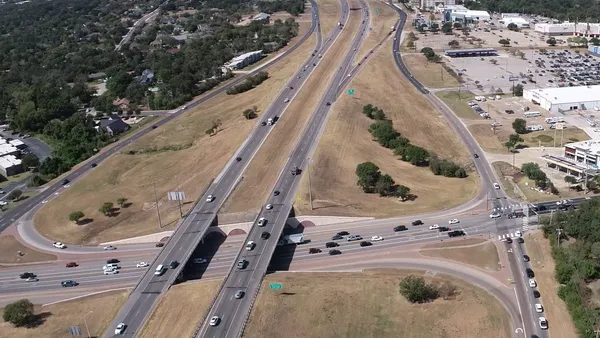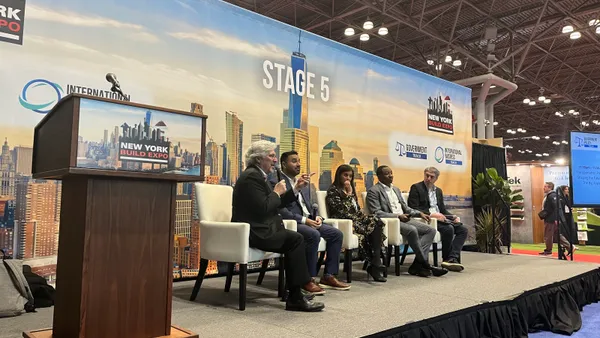UPDATE: June 19, 2018: The New Jersey Transit Board of Directors, as part of a financing agreement with the New Jersey Economic Development Authority, has agreed to contribute up to $600 million toward construction of the Portal Bridge. The funding arrangement will see the authority issue bonds, which will be paid back during a 30-year term from the state's Transportation Trust Fund.
It was only two years ago that former New Jersey Gov. Chris Christie shut down nearly all of the state's highway and other infrastructure projects for months, beginning in early July 2016, by declaring the TTF insolvent after lawmakers could not come to a budget agreement. Legislators and Christie were on board with a gas-tax increase, necessary to recharge the trust fund, but could not see eye to eye about tax relief to counterbalance higher gas costs. Roadwork restarted when, on September 30, 2016, Republicans and Democrats agreed to a package of tax breaks to balance out the new gas tax.
Dive Brief:
- New Jersey Gov. Chris Christie, joined by state, federal and Amtrak officials, broke ground Friday on the $1.5 billion Portal North Bridge project, according to Progressive Railroading.
- The two-track rail bridge, which will be set 53 feet above the water and will be able to accommodate faster trains and more volume, will replace the current, 110-year-old swing bridge that often experiences technical problems and creates bottlenecks in train traffic. Project officials have already awarded approximately $20 million in contracts for the bridge, and that work includes building a finger pier, new fiber optic cable poles, a steel bridge over a municipal water main and a retaining wall.
- The Portal North Bridge, which sees more than 58 million passengers each year, is part of the $24 billion-to-$30 billion Gateway Program that aims to alleviate congestion and improve rail service along the Northeast Corridor. The Portal South Bridge, another two-track replacement span, will be built at some point in the future.
Dive Insight:
Other projects in the Gateway Program include the Sawtooth Bridge in New Jersey, an expansion of New York City's Pennsylvania Station, the conversion of the Farley Post Office to Moynihan Train Hall next to Penn Station, as well as a new Hudson River tunnel.
The Hudson River tunnel project is a key focus of the Gateway Program, as the existing tunnel sustained significant damage from the salt water pushed through it during Superstorm Sandy. That project has seen the price tag rise to nearly $13 billion from early estimates of almost $8 billion.
While financing for the Penn Station and Moynihan pieces of the Gateway Program are set, and Amtrak and the Port Authority of New York and New Jersey have contributed funds for other projects, the Gateway Program Development Corporation is still trying to nail down where the money will come from for the rest of the initiative. To help work all that out, the GPDC hired an interim chief financial officer back in August. Francis Sacr, formerly of French bank Societe Generale's Americas infrastructure financing division, is a private-sector financing expert and was an adviser on the $4 billion LaGuardia Airport Terminal replacement, which is being performed as a public-private partnership. His hiring has led some to believe that the GPDC is considering using P3s or some other private investment option to fund the Hudson River tunnel and other program projects.












